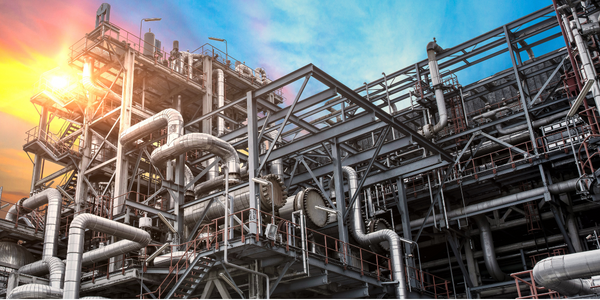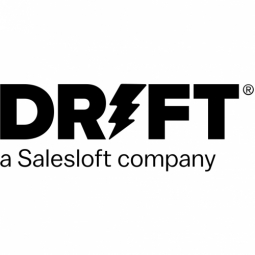适用行业
- 石油和天然气
适用功能
- 销售与市场营销
用例
- 对话机器人
- 欺诈识别
关于客户
Bottomline Technologies 是一家总部位于新罕布什尔州的公司,提供创新的支付、欺诈检测和监管合规解决方案。他们在全球拥有超过 10,000 名客户,网站吸引了来自世界各地的访问者。
挑战
总部位于新罕布什尔州的 Bottomline Technologies 为全球数以千计的客户提供服务,通过提供广泛的创新支付、欺诈检测和监管合规解决方案来解决金融交易的复杂性。对于普通网站访问者或潜在客户来说,浏览网站和不同产品是一项挑战。登陆该网站的买家和客户并不总能找到他们想要的东西,最终会陷入一个复杂的旅程,并且常常会错失良机。
解决方案
Bottomline 选择 Drift 作为合作伙伴,帮助他们更好地实时吸引网站访问者,同时提供更好的整体体验。该团队着手提供一种体验,当买家表现出最高的意图时,该体验将以个性化和即时的方式推动更多相关信息和对话。他们使用聊天机器人来迎接网络访问者,了解他们的需求,建议下一步,介绍销售人员,预订会议,并在需要时指导客户提供支持。
运营影响
数量效益

Case Study missing?
Start adding your own!
Register with your work email and create a new case study profile for your business.
相关案例.

Case Study
Taking Oil and Gas Exploration to the Next Level
DownUnder GeoSolutions (DUG) wanted to increase computing performance by 5 to 10 times to improve seismic processing. The solution must build on current architecture software investments without sacrificing existing software and scale computing without scaling IT infrastructure costs.

Case Study
Remote Wellhead Monitoring
Each wellhead was equipped with various sensors and meters that needed to be monitored and controlled from a central HMI, often miles away from the assets in the field. Redundant solar and wind generators were installed at each wellhead to support the electrical needs of the pumpstations, temperature meters, cameras, and cellular modules. In addition to asset management and remote control capabilities, data logging for remote surveillance and alarm notifications was a key demand from the customer. Terra Ferma’s solution needed to be power efficient, reliable, and capable of supporting high-bandwidth data-feeds. They needed a multi-link cellular connection to a central server that sustained reliable and redundant monitoring and control of flow meters, temperature sensors, power supply, and event-logging; including video and image files. This open-standard network needed to interface with the existing SCADA and proprietary network management software.

Case Study
Refinery Saves Over $700,000 with Smart Wireless
One of the largest petroleum refineries in the world is equipped to refine various types of crude oil and manufacture various grades of fuel from motor gasoline to Aviation Turbine Fuel. Due to wear and tear, eight hydrogen valves in each refinery were leaking, and each cost $1800 per ton of hydrogen vented. The plant also had leakage on nearly 30 flare control hydrocarbon valves. The refinery wanted a continuous, online monitoring system that could catch leaks early, minimize hydrogen and hydrocarbon production losses, and improve safety for maintenance.









